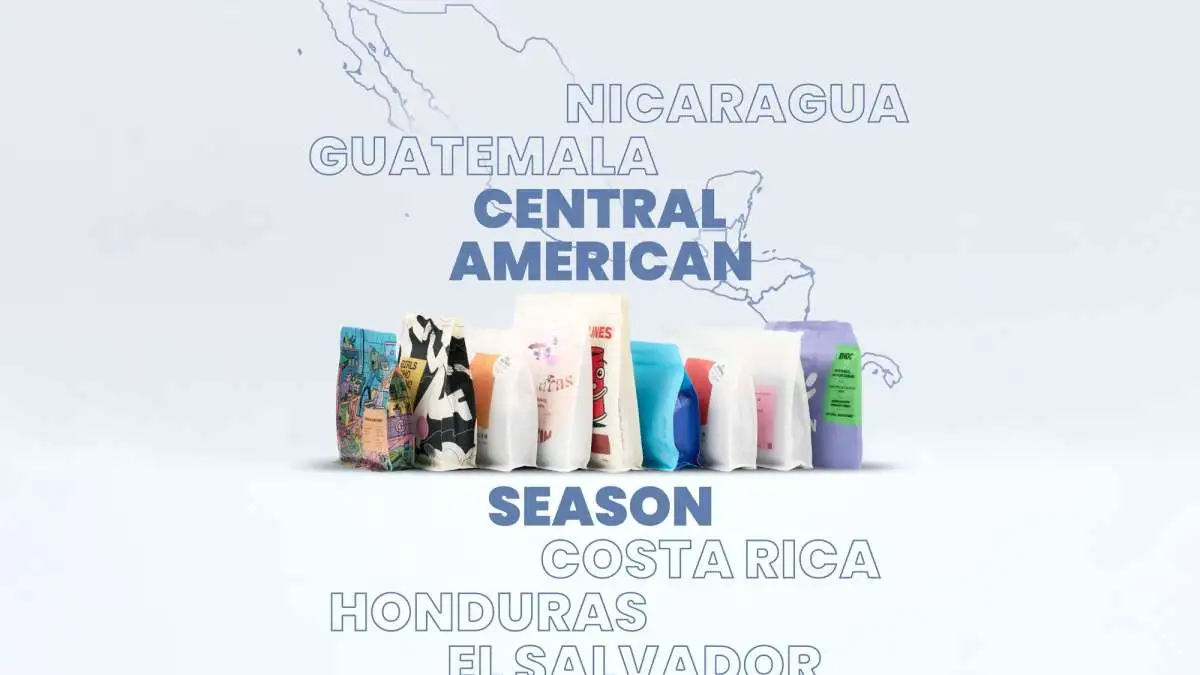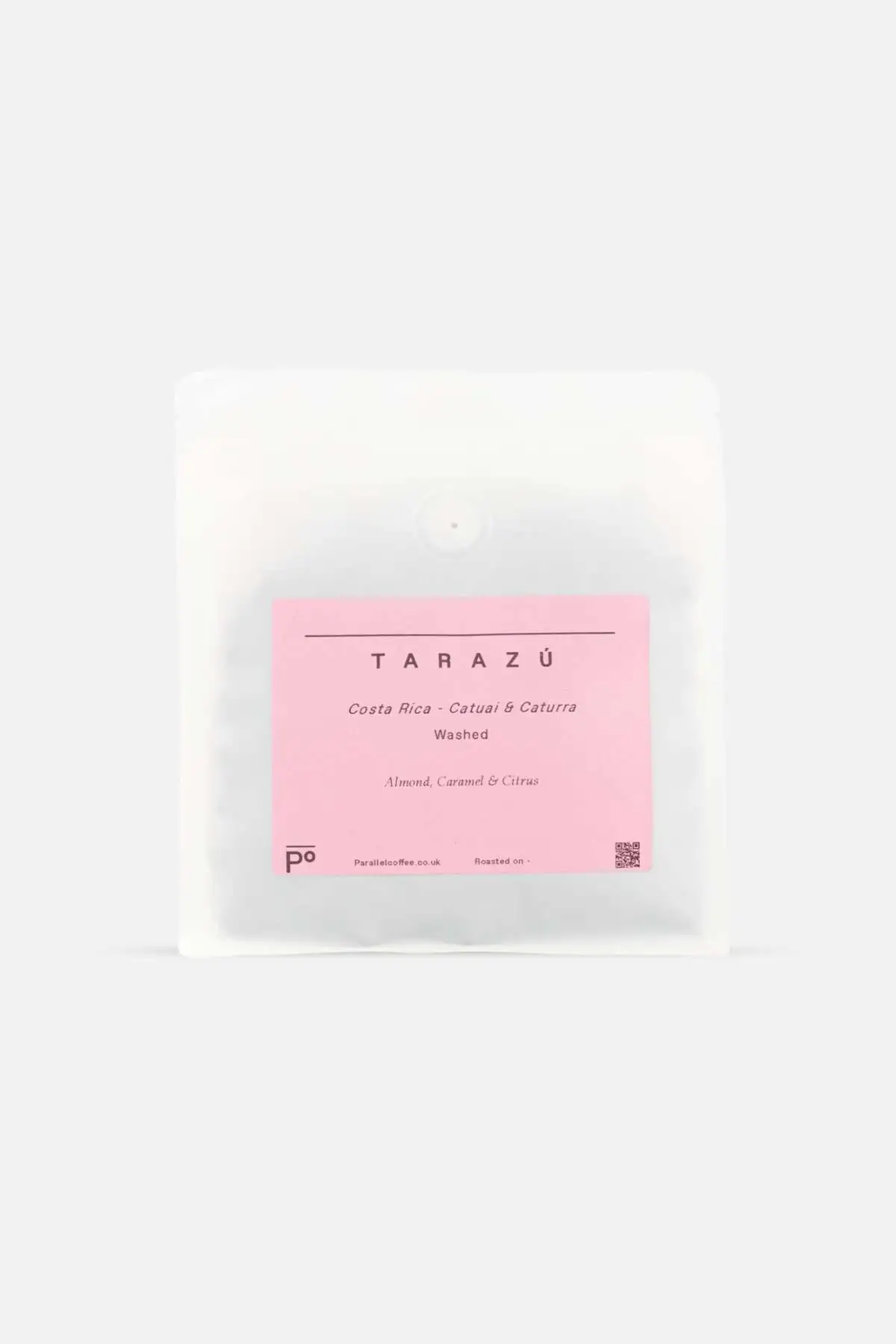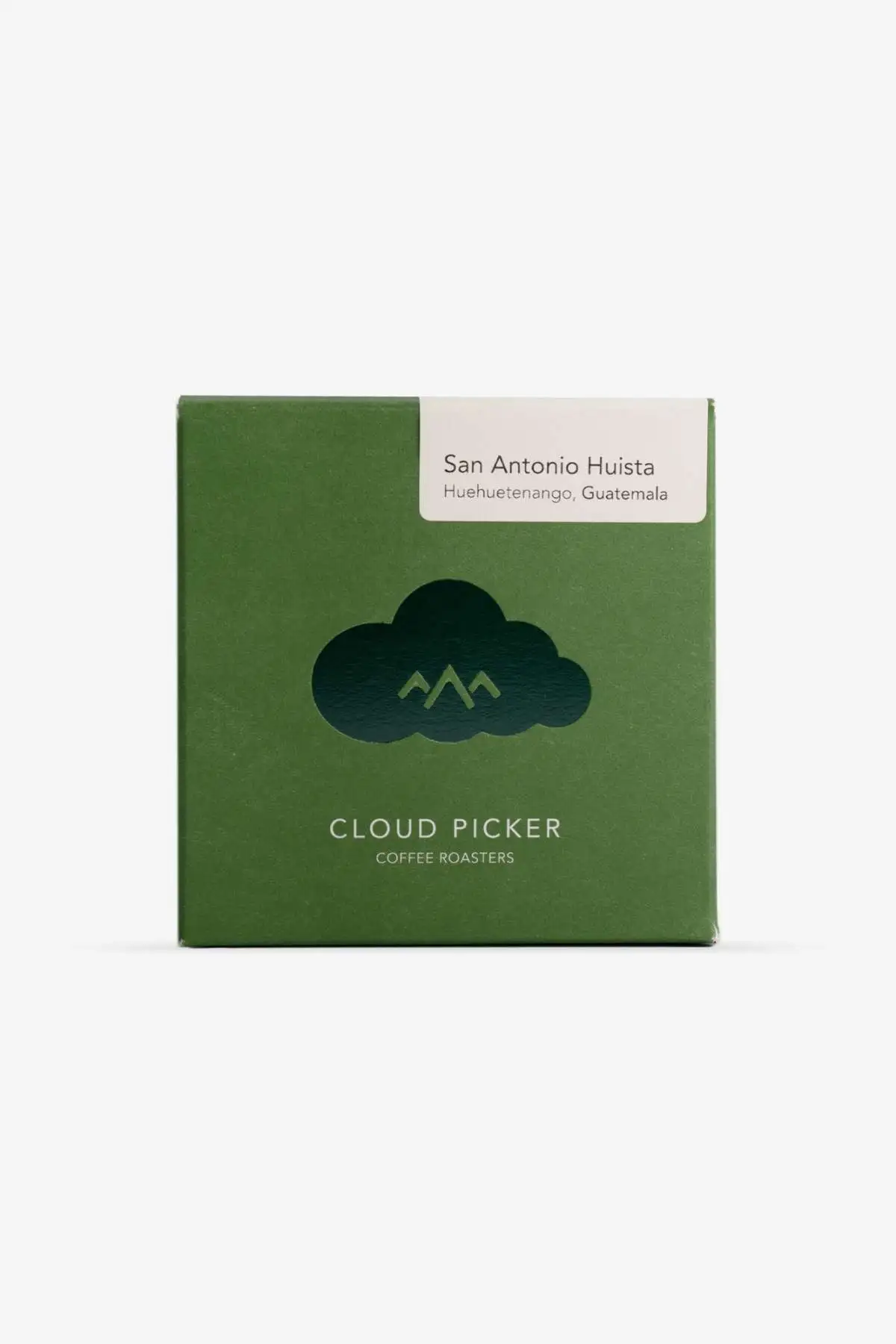Central American Coffee

Read time: 4 minutes
Date published: 15 October 2025
Last updated: 27 October 2025
It’s the most wonderful time of the year!
Sorry, the Christmas coffee hasn't come early, but Central American coffee season is here and that might be even more exciting.
Like all fruits, coffee has a season and every coffee origin has its own coffee-growing cycle that dictates its harvest season- or seasons! This cycle is dictated by things like altitude, weather, processing method and varietal and is key to sourcing coffee at its very best and for roasters planning their schedule year on year.
One of things that we love most about seasonality is that these simultaneous arrivals from one part of the world really deepen the connection between the drinker and the people and places behind each coffee.
The 2025 season is a great example of the effects of seasonality across the supply chain. The wet season came late and unseasonal rains delayed the start of the Central American harvest season by weeks and further delays were caused by shipping backlogs.
The coffee must go through a process of flowering and ripening before it can be picked, slowly turning from small white flowers into hard green fruits and finally into deep red (or pink, or yellow) cherries. Harvest, either by hand or machine, takes place during the dry season when coffee cherries have ripened optimally and weather conditions make picking and processing possible.
Once picked, the cherries are processed to remove the fruit and dry the seed ready for onward transport. The parchment coffee is milled, graded, and prepared for export- usually at a central dry milling facility.
Shipping schedules depend on the local climate, infrastructure and logistics. Central American coffees are typically harvested between November and March, processed and shipped in the following months, ready for arrival in the UK around late summer. So when we talk about it being “Central American season” in the UK, we’re referring to their arrival season, not their harvest season.
Honduras - Complex, fruity, juicy acidity
Harvest Nov-Mar
Arrival July-Sep
It seems strange to say that Central America’s largest coffee producer is still in its development phase but it’s only recently that high quality coffees have started to be grown. Seasonality is especially important in Honduras, where high, unseasonal rainfall can make drying and storing coffee a challenge.
Coffee from Honduras
Costa Rica - BOOZY, BOLD FRUIT, SWEET
Harvest Nov-Mar
Arrival June-Sep
Costa Rica’s well developed infrastructure gives it a big advantage over other Central American coffee origins when selling on the international market, despite the country’s small size. The government has heavily supported small coffee growers who process their own coffee at micromills and the coffee quality has dramatically increased as a result. Costa Rica pioneered honey processing and Costa Rican producers continue to experiment with processing.
Coffee from Costa Rica
El Salvador - BALANCED, SWEET, EASY-DRINKING
Harvest Oct-Mar
Arrival July-Sep
With its volcanic landscape and large number of heirloom coffee trees, it's not surprising that coffee from El Salvador is known for its quality. Around ninety percent of Salvadoran coffee is shade grown which contributes towards complexity and also helps to maintain the country’s biodiversity. Salvadorean coffee isn’t loud or extreme but its balanced, easy-drinking profile makes it both an outstanding component in blends and a delicious all day drinking single origin.
Coffee from El Salvador
Nicaragua - CLEAN, COMPLEX, FRUITY SWEETNESS
Harvest Nov-Mar
Arrival June-Sep
A wide range of varieties, regional micro-climates, experimental processing and strong co-operatives have helped revive the Nicaraguan coffee industry after periods of environmental and political instability though unusual weather patterns remain an unpredictable challenge.
Coffee From Nicaragua
Guatemala - LIGHT AND FRUITY OR RICH AND CHOCOLATEY
Nov- April
July-Sep
Guatemala’s widely different microclimates means the harvest season is extended as it has more variation across regions. These regional differences are also the thing that sets Guatemalan coffee apart, offering unique specialties region to region.
Coffee from Guatemala
Freshly harvested coffee has a vibrancy and clarity that fades over time. While coffee is quite a unique crop that when stored correctly can retain freshness, by understanding and sourcing seasonally, roasters can ensure their offerings are always at their best.
Seasonality also helps support fairer trade relationships with farmers. When roasters and exporters can plan their purchases according to producers’ harvests, it means farmers can plan for consistent demand, invest in quality and have quick access to better prices. In turn, building strong relationships with producers can help roasters anticipate and navigate any unexpected delays.
The Central American coffee season is short, so enjoy it while it lasts!
More from drop

01 December 2025

29 August 2025

16 May 2025

17 January 2025

26 November 2024

01 November 2024

28 June 2024

31 May 2024





















